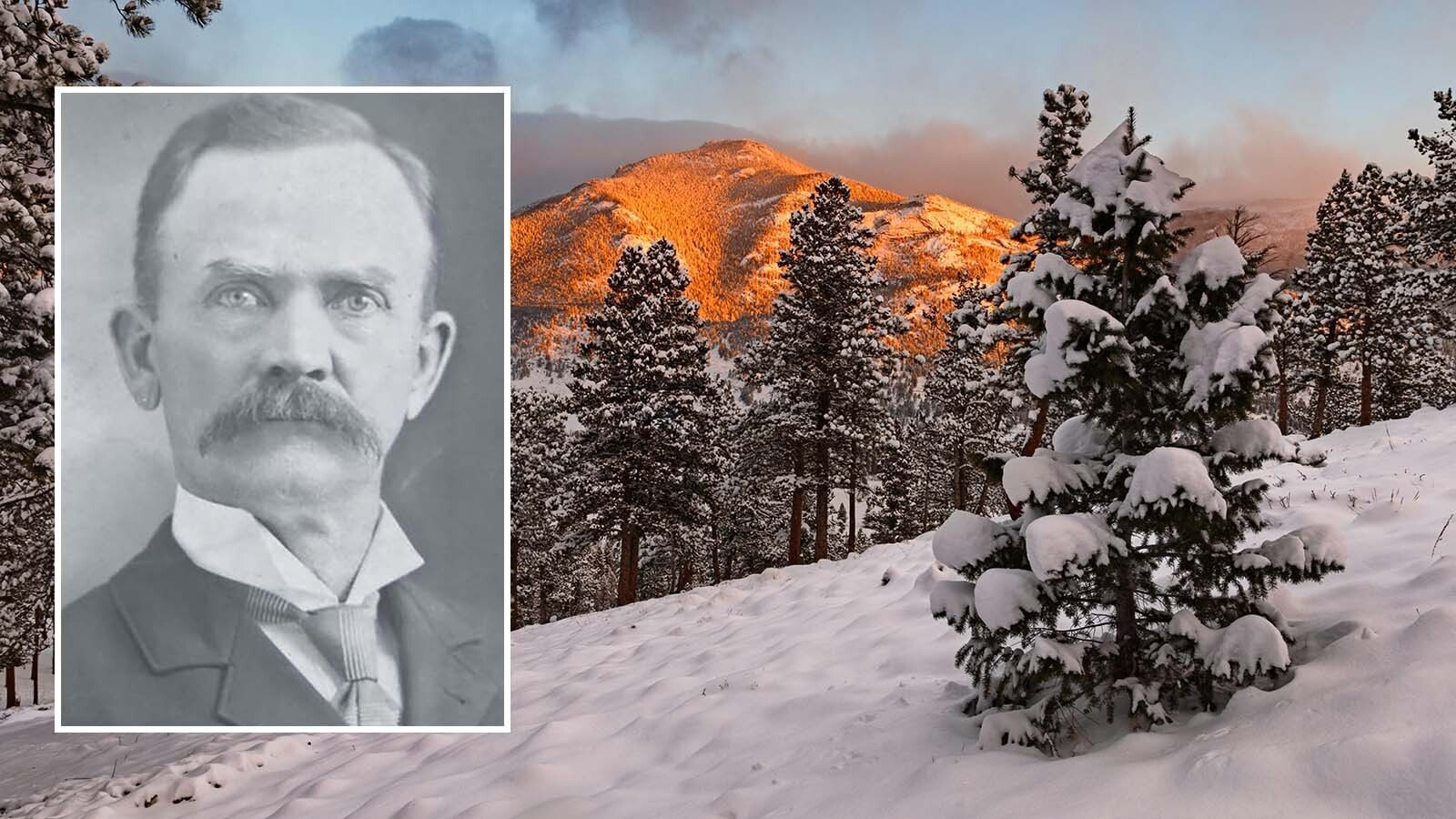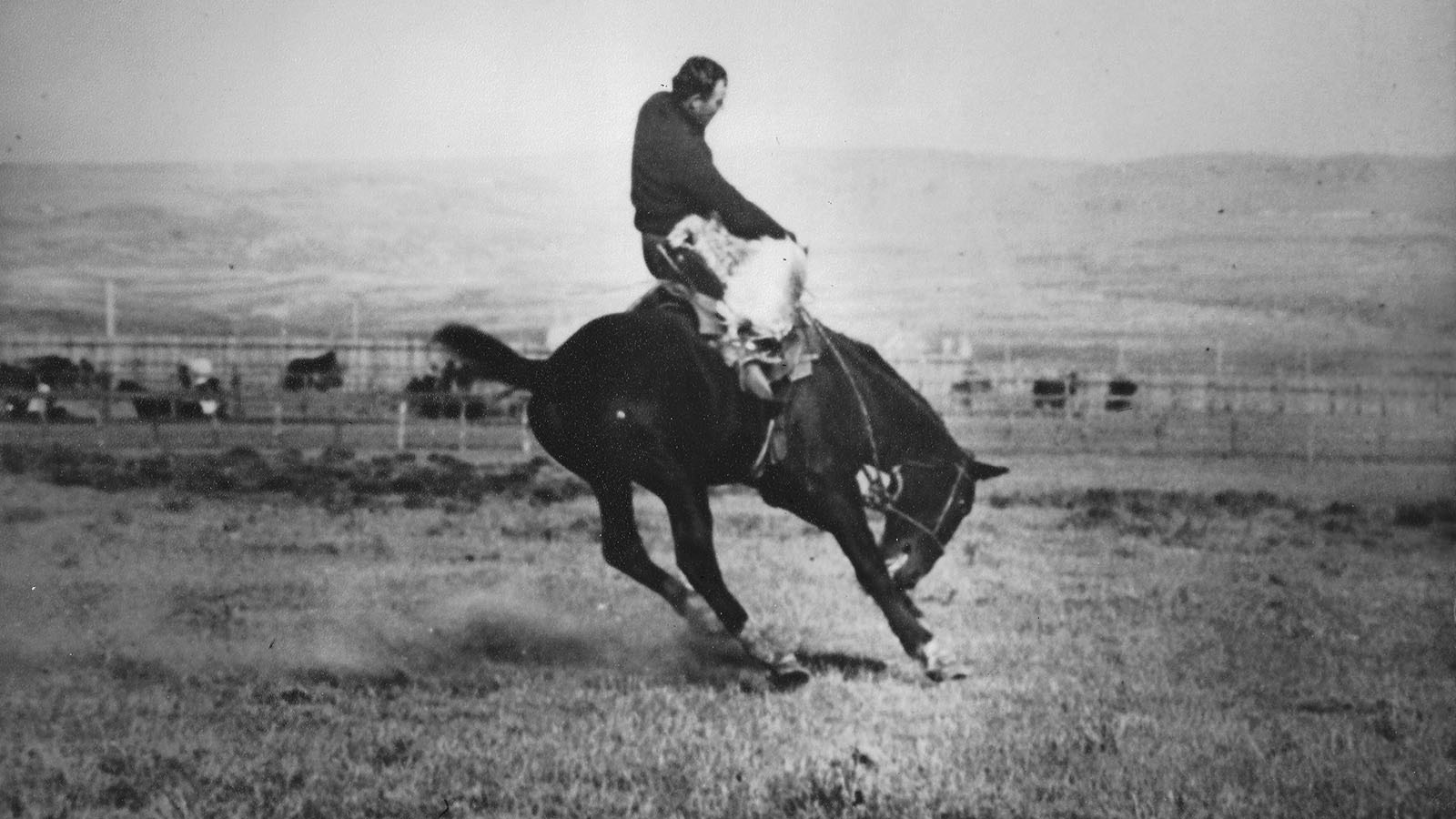Ohio State Senator William O. Collins, a proponent for war funding after the attack on Fort Sumter in April 1861, took a stronger stand for the Union in the beginning of the Civil War by raising a regiment of cavalry in southern Ohio, known as the 7th Ohio Cavalry. Before the full regiment could be organized, it combined with the 6th Ohio Cavalry, and Collins became the commander.
In January 1862, Major General Henry W. Halleck ordered the 6th Ohio and Collins to report to Benton Barrack at St. Louis, but they had barely arrived when they were ordered first to Nebraska City, Nebraska, and then west to Fort Laramie where their assignment was to guard the Overland Mail.
In time the Ohio troops had additional companies until by the spring of 1863 the 6th Ohio became the 11th Ohio Volunteer Cavalry. These troops patrolled along the route of overland pioneers and the overland mail at a critical time during the nation’s history.
The troops garrisoned posts at the Ficklin and Mud Springs stations in western Nebraska and built Camp Shuman (later known as Fort Mitchell) just west of Scotts Bluff, Nebraska.
They also served at posts along the North Platte, including at Platte Bridge Station, a log structure built in 1859 at the crossing of the North Platte River.
This would eventually be a Pony Express Station and became a military station to protect the transcontinental telegraph. Eventually it would be renamed Fort Caspar, for Lt. Caspar Collins, son of the Ohio commander William O. Collins.
One role for the Ohio troops was to keep the road open for travel, another involved maintenance on the telegraph line to keep communications flowing between East and West.
Stations along the Sweetwater
Several posts, occupied by the Ohio troops were situated along the Sweetwater River.
Split Rock Station, constructed in 1859 near the landmark of the same name, was garrisoned by about 50 soldiers of the 6th Ohio in 1862 when traditionally friendly Shoshone Indians and their Bannock allies attacked stage stations along the Sweetwater River and on west to Bear River Valley in present Idaho. They cut telegraph lines and captured livestock needed for the stage operations.
Mrs. Nellie Sun later wrote about events in the region in 1862, “Indians appeared near Sweetwater Station one day, seemingly on the war path. The soldiers left, but the telegraph operator remained at his station. He sent messages to operator John Friend at Split Rock,”
“The Sweetwater operator reported to the Split Rock station that the Indians were dancing a war dance down on the meadow,” Sun wrote, “Later [Friend] warned that they were coming toward the station, then they were climbing the stockade, and finally that they were coming into the station. Help was sent, but it came too late. The operator was found scalped and pinned to the ground by a peg through his mouth. The station had been burned.”
Ohio troops served at other stations to the west, including Three Crossings, which was under command of Major John O’Ferrall. Lt. Caspar Collins served at Three Crossings in 1863 describing it as “surrounded by a palisade, varying from 12 to 15 feet high, and surmounted by a large lookout and block house that sweeps the surrounding country.”
When Major John O’Ferrall of Company A, 6th Ohio Cavalry traveled from Devil’s Gate to near Elk Mountain to establish Fort Halleck in 1862, his command stopped in a gap a day’s travel south from Devils Gate where there was a spring and wood for fires.
While at the gap the men were drinking. Following a search of the wagons O’Ferrall found a barrel of whiskey in one wagon, which he destroyed. When the contents flowed into the spring, Historian C.C. Coutant reported the soldiers rushed “forward with cups, canteens and camp kettles to save what they could of the whiskey.” This gave the gap its name Whiskey Gap.
Overland Trail Stations
O’Ferrall and his command established Fort Halleck, at a site on the Overland Trail just north of Elk Mountain. These troops of the 6th Ohio became the 11th Ohio Volunteer Cavalry while at Fort Halleck. They then pushed west, establishing posts along the Overland Trail to Fort Bridger.
Sage Creek Station, south of Rawlins (located on Miller Creek despite the station name), was a log building approximately twenty-five by sixty feet with an adobe fireplace and dirt and pole roof.
One 11th Ohio soldier at the site reported about an attack on June 8, 1865: “The detachment at Sage Creek station was attacked by about 100 Indians. After one hour’s severe fighting they were compelled to evacuate in consequence of a deficiency in ammunition…. The moment they left the station they were completely surrounded. There ensued a desperate fight; the detachment retreated toward Pine Grove Station.”
The fighting took place over an eight-mile-long battleground and resulted in the killing George Bodine and Perry Stewart, the wounding and capturing of Orland Ducket, and the wounding of Corp. W. H. Caldwell and Private William Wilson, all of Company K, 11th Ohio Volunteer Cavalry.
The soldiers reported they were doing all they could to keep the overland road open, but admitted, “the force is inadequate to cope with the number of Indians.”
Along the Overland Trail from Elk Mountain to Fort Bridger are remnants of some of these stations where the 11th Ohio stood duty. More clearly seen is the trail itself, once utilized by overland travelers, soldiers, and Indian raiders.
Although some sections of the trail are on private land and therefore inaccessible, much of the route from Rawlins west to Rock Springs and Green River is on public land. The only fully preserved post is at Point of Rocks, just south of Interstate 80.
Candy Moulton can be contacted at Candy.L.Moulton@gmail.com.





